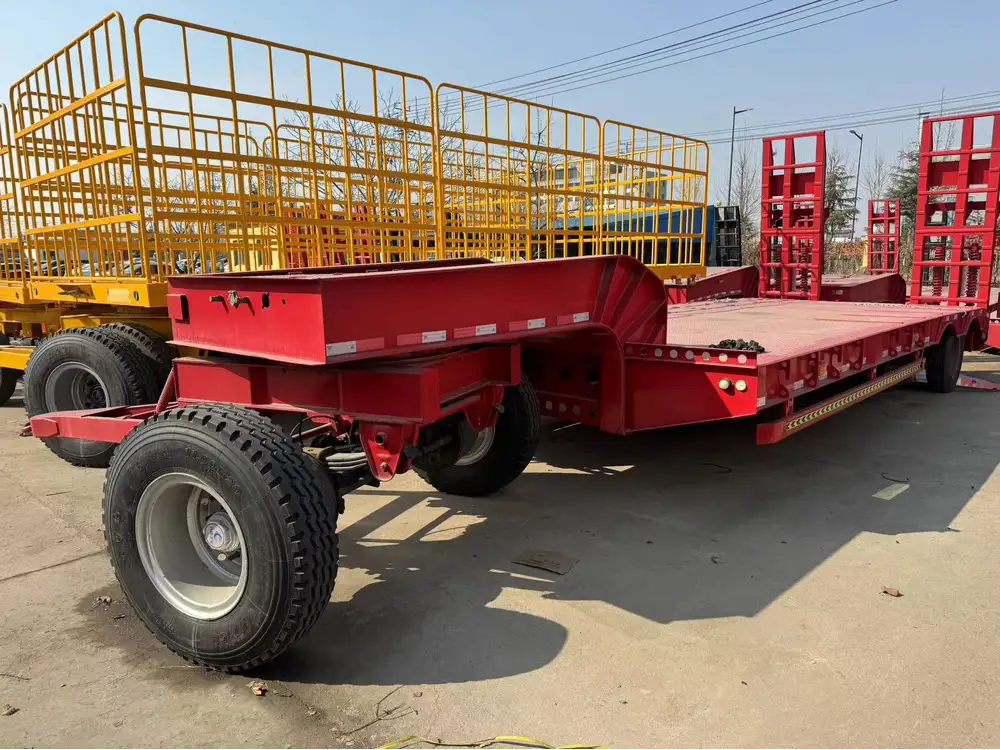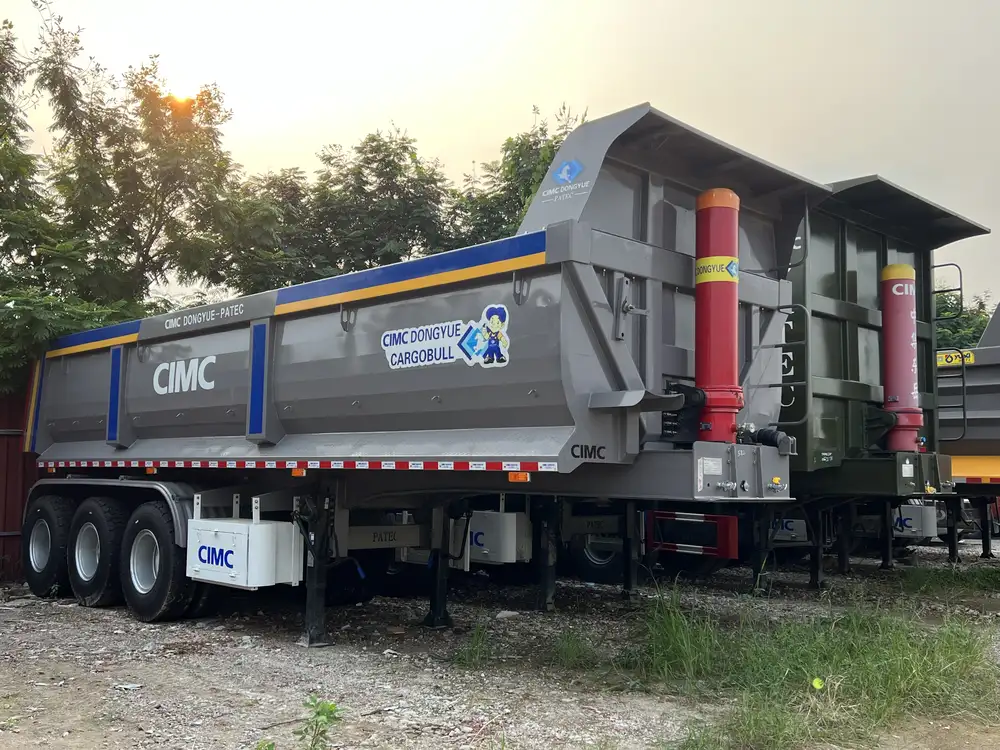Understanding the logistics of transporting hay bales is crucial for farmers and distributors alike, especially when it comes to maximizing load efficiency and minimizing costs. This article provides a comprehensive analysis of how many round bales of hay can fit on a standard semi-trailer, exploring various factors that influence this capacity, including trailer dimensions, bale sizes, and configurations.
Understanding Semi-Trailer Specifications
Before delving into the calculations, it is essential to familiarize ourselves with the basic specifications of a typical semi-trailer. These trailers often come in various lengths and configurations, commonly ranging from 48 to 53 feet in length. The most common type for transporting hay is the flatbed semi-trailer.
Standard Dimensions of a Semi-Trailer
| Dimension | Measurement |
|---|---|
| Length | 48 to 53 feet |
| Width | 96 inches (8 feet) |
| Height | Varies (typically ~5 feet) |

Common Bale Sizes
Round bales of hay are produced in different sizes, which significantly affects how many can fit on a semi-trailer. The two most common types of round bales are:
- Small Round Bales: Generally weigh around 500 to 800 pounds, with a diameter of approximately 4 feet and a length of 4 feet.
- Large Round Bales: Weigh between 1,000 to 2,500 pounds and have a diameter that ranges from 5 to 6 feet, with a length of about 5.5 feet.
Calculating Bale Capacity
To ascertain how many round bales can fit on a semi-trailer, we must first look at the usable area of the trailer and how the bales can be arranged.
Usable Area Calculation
The usable area of a semi-trailer can vary based on its dimensions and the method of loading. Consider a standard 53-foot flatbed semi-trailer:
- Total Length: 53 feet (636 inches)
- Total Width: 8 feet (96 inches)
The total area can be roughly calculated:
[ \text{Total Area} = \text{Length} \times \text{Width} ] [ \text{Total Area} = 53 \, \text{ft} \times 8 \, \text{ft} = 424 \, \text{sq ft} ]
Bale Size Consideration
Let’s evaluate the fitting capacity for both small and large round bales.
Small Round Bales:
- Diameter: 4 feet
Arranging these bales in a tight-packed circle formation:
- Around a small round bale, theoretically, about 3 bales can fit in a linear arrangement due to the circular nature of the bales, as they nest slightly outside each other.
For linear arrangements: [ \text{Bales Per Row} \approx \frac{\text{Length of Trailer}}{\text{Diameter}} = \frac{636 \, \text{inches}}{48 \, \text{inches}} \approx 13.25 \text{ (round down to 13)} ] [ \text{Number of Rows} = \frac{\text{Width of Trailer}}{\text{Diameter}} = \frac{96 \, \text{inches}}{48 \, \text{inches}} = 2 ] [ \text{Total Bales} \approx 13 \times 2 = 26 \, \text{small round bales} ]
Large Round Bales:
- Diameter: 5.5 feet or 66 inches
For large round bales: [ \text{Bales Per Row} \approx \frac{636 \, \text{inches}}{66 \, \text{inches}} \approx 9.64 \text{ (round down to 9)} ] [ \text{Number of Rows} = \frac{96 \, \text{inches}}{66 \, \text{inches}} \approx 1.45 \text{ (round down to 1)} ] [ \text{Total Bales} \approx 9 \times 1 = 9 \, \text{large round bales} ]
Impact of Bale Configuration on Load Capacity
The arrangement of bales can significantly influence the total number that can fit on the trailer. Strategic stacking and loading techniques can further enhance capacity. For instance:
- Side-by-side configuration: This arrangement maximizes the lateral space and may allow for slight overhang if permitted by local transportation laws.
- On-edge stacking: Stacking bales on their edges can reduce the necessary width and allow for additional rows, thereby increasing capacity.
Factors Affecting Transport Capacity
Though the calculations provide a theoretical overview, several real-world factors can influence the actual number of bales transported.

Weight Regulations
Different regions have specific weight regulations for truckloads. The Federal Motor Carrier Safety Administration (FMCSA) states that the maximum weight for a standard semi-trailer is 80,000 pounds. With respect to average weights:
- Small Round Bales: Weight average ~600 pounds.
- Large Round Bales: Weight average ~1500 pounds.
Using the average weight for these examples, we can deduce:
Small Round Bales:
- Total weight of 26 bales = 26 bales × 600 pounds = 15,600 pounds.
Large Round Bales:
- Total weight of 9 bales = 9 bales × 1500 pounds = 13,500 pounds.
In both scenarios, weight limits would not be exceeded, permitting safe transport.
Height Restrictions
Height regulations can also restrict the ability to transport round bales stacked too high. Most states limit the height of a trailer, including the cargo, to a maximum of 13.5 feet. The round bales’ height must be managed to avoid penalties.
Road Conditions and Weather
The conditions of transport roads and weather can impact safety and efficiency. Uneven or muddy roads may necessitate lower loads to maintain stability, thus influencing the number of bales loaded.

Local Regulations
Each state has its transportation laws, which can influence how bales must be loaded, secured, and the maximum load permitted on various roads.
Conclusion: Maximizing Efficiency in Hay Transport
In summary, how many round bales of hay can fit on a semi-trailer depends on several factors, including the dimensions of the trailer, the type and size of bales being transported, and the prevailing regulations.
From the calculations presented, we conclude:
- Small Round Bales: Approximately 26 bales per 53-foot flatbed semi-trailer.
- Large Round Bales: Approximately 9 bales per 53-foot flatbed semi-trailer.
While these are estimates, by considering practical arrangements and adhering to state regulations, farmers and distributors can optimize their loads and enhance operational efficiency.
For readers looking to engage further, consideration of the various types of trailers available, such as those equipped with side extensions for additional height and versatility, and investing in proper securing methods to ensure safety during transport, is recommended.
Engaging in informed discussions with transportation experts can also provide tailored solutions suited specifically for individual logistical challenges.
In the end, effectively managing transport capacity not only facilitates profitability but also ensures the smooth continuity of agricultural operations.



